Buy HD e-Books & Text —— www.ccelian.com
the Art of Nao
Scrolls: 1 . 2a . 2b . 3 . 4 . 5 . 6 . 7 . 8 . 9 . 10 . 11 . 12 . 13 . 14 . 15 . 16 . 17 .
18 . 19 . 20 . 21 . 22 . 23 . 24 . 25 . 26 . 27 . 28 . 29 . 30 . 31 . 32 . 33 . 34 .
< Scroll 14 ____________________________________________________ Scroll 16 >
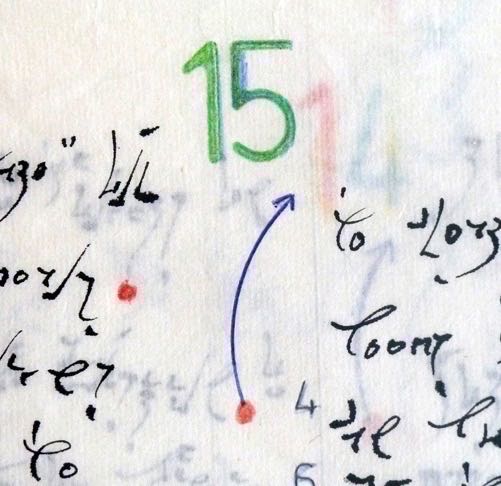
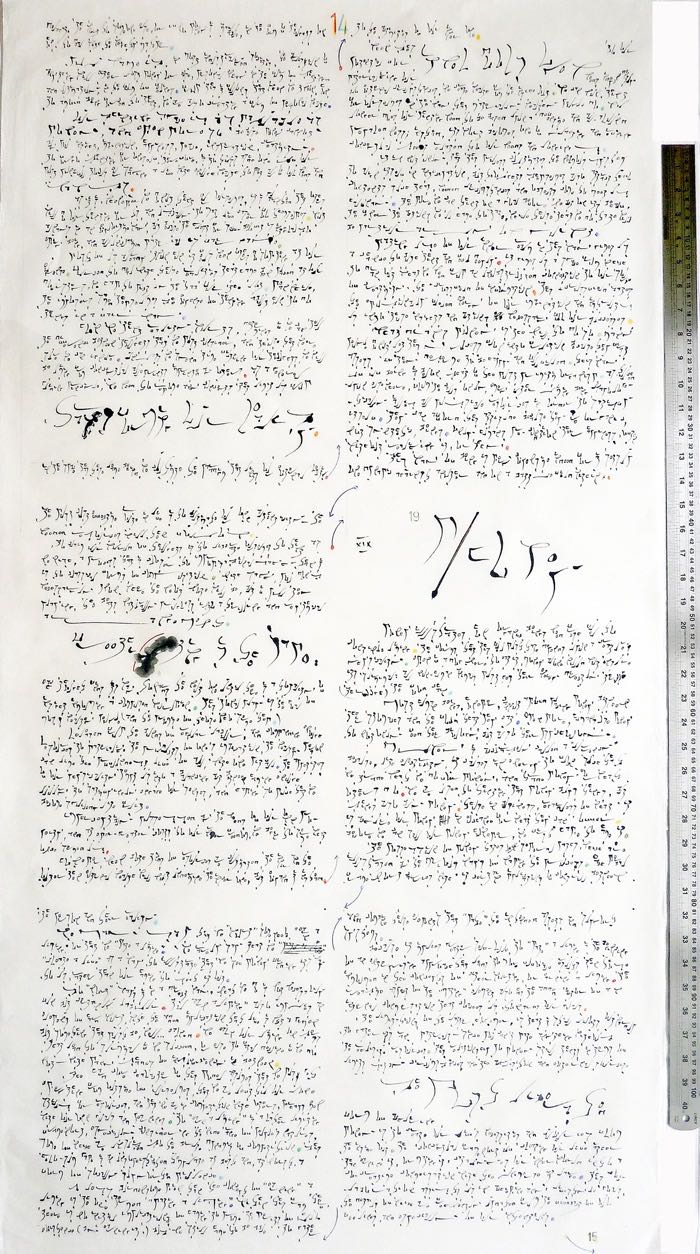
67 x 126 cm / 26.3 x 49.6 inches
_______________________
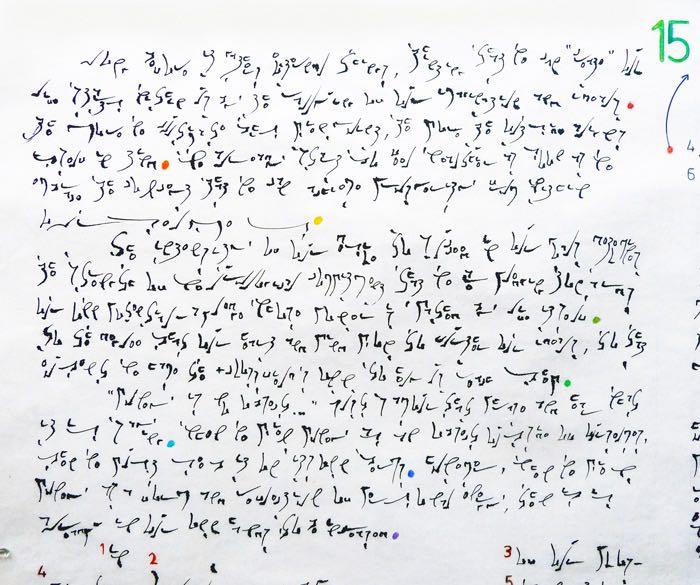
Scroll 15-section 1.1
Long before it gathers external things, thinking that we can “create” our life starts within us by the rallying of our imagination and ideals. The more we cultivate this viewpoint, the more the outside aligns itself in kind. We already start to feel wealthier as soon as we embrace the concept that we can achieve prosperity from within ourselves.
The intensity of our desire to succeed in our goals determines the strength of neurological commitment that we are pledging towards our own potential— a pledge whose power is matched by life itself. To the degree that our heart and mind vow to further our ideals, to that extent we have the +crossfield’s pledge to help us reach them.
“Money is no object…” Just savour that phrase and hear what it is saying. When we view money as an object outside of ourselves, then we must seek it on its own terms. However, when we view money as a form and reflection of personal energy, then it is already in our own hands to be increased.
_________________

Scroll 15-section 1.2
In furtherance of our prosperity, we need to employ our inner world as a workshop from where we envision the life that we wish. This involves deliberately landscaping our feelings and thoughts away from any competing scenarios that flesh out our insecurities. Instead, we shape them towards an affirmation of our power to direct the quality and contents of our lives.
Whenever the thought of money comes to mind, first refer to your state of energy—whether emotional, mental, physical, or spiritual—and address any needs for either its restoration or its maintenance. Health is the first form of money that we can give ourselves, and then use to acquire other forms of it.
__________________
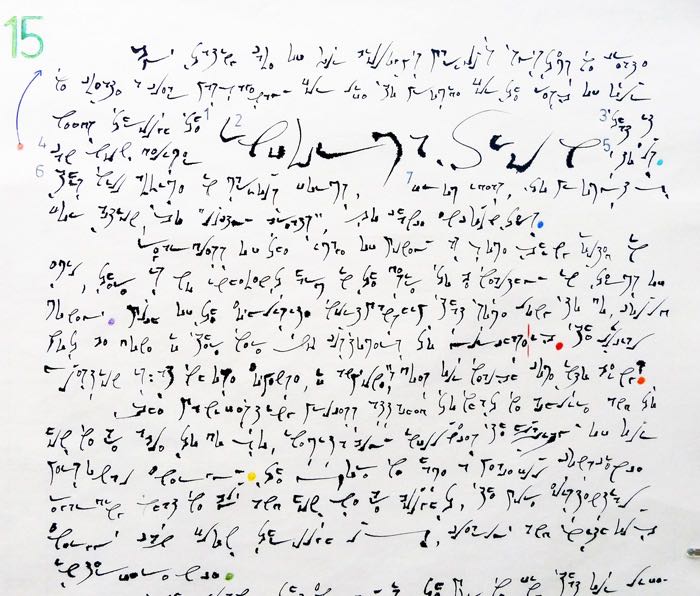
Scroll 15-section 2.1
By taking care of our biology’s various systems, we create a clear passageway for life to provide for the rest of our needs through the information that it can now deliver to us. This will arrive in various forms, from ideas, to prompts for action, to “lucky breaks,” to chance encounters.
Regardless of the image of money as something rooted in evil, there is no inherent harm in the desire to be wealthy in terms of money. Much of the exquisite workmanship that some long to do, could not be done if there were no customers to purchase it. The crucial question is: at whose expense, if anyone’s, does our wealth come into being.
The manifesting process attached to what we acquire and to how we are able to do so, inevitably influences the quality of our energy. The more we have a peaceful conscience regarding what we buy and how we are bought, the more existential energy can flow through us, clearly and without interference.
_________________

Scroll 15-section 2.2
The cleaner that energy is, the more we find that our life experiences and resources easily align with our needs and longings. As a result, we become less concerned with the linear accumulation of what we thought we should want and have in order to be happy. Instead, we prioritize staying true to our authentic self.
The outcome is that our customized life will put itself together as swiftly as our emotions can accommodate it. We can trust this process even if the way and timing to our successes are different from what we expected.
_______________
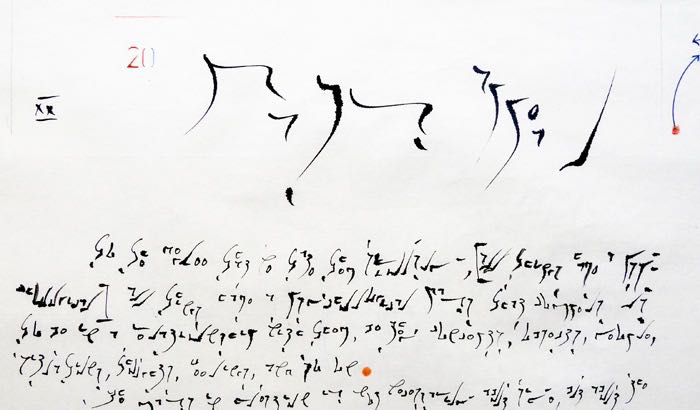
Scroll 15-section 3.1
20 Mass Appeal
To the degree that we take them seriously, all things have a psychological mass that compels us to be in a relationship with them, be they concepts, objects, people, situations, thoughts, feelings, and so on.
______________

Scroll 15-section 3.2
The mass in question is not necessarily about size, but about the emotional weight that we associate with something. Water, for instance, wets us wherever it is. However, getting wet in the Mediterranean during a stay at a luxury hotel has a completely different psycho-emotional profile than does getting wet during a flood.
The mass of anything first depends upon its role in our survival, at some level or other, from spiritual, to emotional, to social, to imaginary. According to which level a thing has the potential to impact—favourably or unfavourably—to that extent we are either drawn into its mass, or else seek to distance ourselves from it. Each >
_________________

Scroll 15-section 4.1
> effect will continue until we or something else, exerts a counter-active force.
Something’s mass can be unique to us due to our own thoughts and feelings—as is the case with passions or phobias—or it can come from cultural evaluations such as: status, authority, tradition, taboos, appearance, and so on.
As with moons orbiting planets, the larger a thing’s mass, the more we are pulled along the lines of its own forces. This attraction is based as much upon a thing’s inherent importance (air, for example) as it is upon our assumption that something is important, even if upon subsequent examination it may not actually be so.
_______________

Scroll 15-section 4.2
Advertising, for instance, always seeks to maximize the mass of its messages in order to trigger us into exchanging its object’s mass for our money’s—whose mass has already been agreed upon (the more money, the greater the mass). Effective advertising draws us in; we often even gravitate around it while we decide if we are going to let ourselves go. When we pull away, then our motives for not buying have the greater mass.
A mass’ attraction can also come from its potential to reduce or remove an existing mass whose effect on us is oppressive. If we are lost in the desert, a glass of >
______________

Scroll 15-section 5.1
> water has huge mass; when in a bar, the alcoholic drink has the greater draw and water may not even be noticed.
One key to our existential liberation is to question and deconstruct the basis for anything’s mass. Otherwise, if we do not interrogate a seemingly strong mass then, by default, we remain passive in relation to its pull. By contrast, an analytical process acts as a brake and counterforce that permits us to move freely around a given subject matter and to evaluate for ourselves if its mass is warranted, or if it is simply inflated.
Often, we are drawn unawares into situations and values whose masses come from their own self-promotion.
_______________

Scroll 15-section 5.2
The strength of such attractions convince us that certain ideas, obligations, people, conventions, rituals, etc., are important, even urgent. Consequently, we unquestioningly stay within their orbits. We also feel acute discomfort when we try to pull away.
In cultures that cultivate group conformity, the more independently spirited individuals might well experience significant guilt when they want to distance themselves from the group and its influence over them. As a result, it is often necessary for such individuals to go to extremes in order to “snap” out of it.
Sometimes a subject’s mass is the natural result of our relationship to it, as with family members, some of whom have so much mass that they pull on us throughout our entire lives. This is especially true when it comes to one's immediate family. The fact that there is only one degree of genetic difference between them and us, gives their existence great density.
__________________

Scroll 15-section 6.1
Our interactions with anything’s mass leads to the following principle: right relationship is based on right distance. We determine the ideal space between a subject’s mass and ourselves according to the level of our comfort or discomfort.
A comfortable feeling leads us to want to come closer still, and we’ll probably do so until we are once again in a place of excessive pressure. Conversely, when we are distressed by our closeness to a given mass then we’ll want to get further away, if we can.
__________________

Scroll 15-section 6.2 — End of Scroll 15
Depending upon the kind of relationship that it is, we can be in a process of constant adjustments, towards and away from something or someone.
The “right distance” principle is why we can more readily forgive people over time or after their deaths. In each case, our distance from them increased and so, their masses decreased.
Although distance from anything affects how much gravity it has for us, a thing’s mass also depends upon our underlying ideas as to who and what we are in relation to it. To see these premises we have to follow the trail of a subject matter’s embedded formulations about reality and self. The more complete this analysis, the broader will be our understanding of the root concepts at play, and the easier for us to be in touch with our own thoughts and feelings on the matter.
< Scroll 14 __________________________________________________ Scroll 16 >
Scrolls: 1 . 2a . 2b . 3 . 4 . 5 . 6 . 7 . 8 . 9 . 10 . 11 . 12 . 13 . 14 . 15 . 16 . 17 .
18 . 19 . 20 . 21 . 22 . 23 . 24 . 25 . 26 . 27 . 28 . 29 . 30 . 31 . 32 . 33 . 34 .
Buy HD e-Books & Text —— www.ccelian.com
© C.C. Elian 2010 - 2016